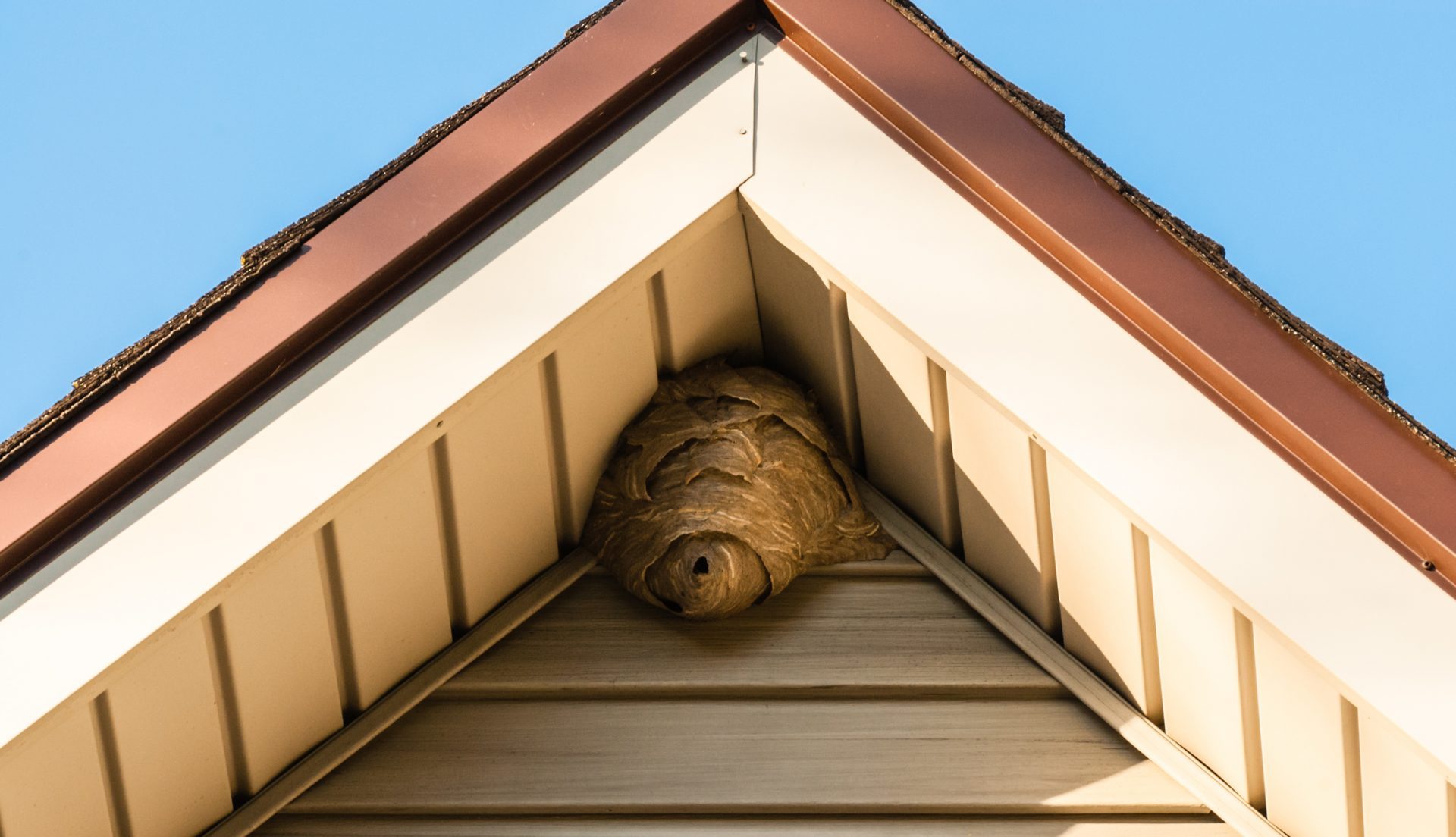

Articles
How To Get Rid Of Bees Under Siding
Modified: December 7, 2023
Looking for articles on how to get rid of bees under siding? Check out our expert tips and tricks for safely removing bees and keeping your home bee-free.
(Many of the links in this article redirect to a specific reviewed product. Your purchase of these products through affiliate links helps to generate commission for Storables.com, at no extra cost. Learn more)
Introduction
Welcome to our comprehensive guide on how to get rid of bees under siding. If you’ve noticed the presence of bees nesting under your siding, you’re not alone. Bees are attracted to the warm and protected environment that siding can provide. While bees are beneficial creatures that play a crucial role in pollination, their proximity to your home can pose various risks and potential dangers.
In this article, we will discuss the identification of bees under siding, their behavior, and why it is important to remove them. We will also explore the potential risks involved and the necessary precautions and safety measures to undertake. Moreover, we will provide you with natural methods to safely remove bees under siding, as well as information on professional bee removal services. Finally, we will offer tips and advice on preventing bees from returning.
So, if you’re ready to learn how to deal with these buzzing houseguests and ensure the safety and comfort of your home, read on!
Key Takeaways:
- Safely removing bees under siding is crucial to prevent structural damage, health concerns, and property devaluation. Prioritize safety and consider professional assistance for effective and humane removal.
- Implement preventive measures, such as sealing entry points and maintaining your property, to minimize the likelihood of bees returning to nest under your siding. Create a harmonious coexistence with these essential pollinators.
Read more: How To Get Rid Of Bees On Porch
Identifying the presence of bees under siding
The first step in dealing with bees under siding is to accurately identify their presence. While it may seem obvious that bees are nesting under your siding, it’s important to confirm their presence and determine the extent of the infestation.
Here are some signs that indicate the presence of bees under your siding:
- Buzzing sounds: If you hear a constant buzzing sound coming from your siding, especially during the daytime, it is a strong indicator that bees have made a nest there.
- Increased bee activity: Observe if there is an unusually high number of bees flying around a certain area of your property. If you notice a concentration of bees near the siding, it is likely that they have set up their nest there.
- Visible entrance holes: Bees often create small entrance holes in the siding through which they enter and exit their nest. Look for these holes, which are usually small and round, in the areas where you suspect the bees are nesting.
- Pollen and debris: Bees collect pollen to feed their young, and as a result, they may leave small piles of pollen or debris near the entrance holes. If you notice any unusual piles of pollen or debris near your siding, it could be a sign of bee activity.
Once you have confirmed the presence of bees under your siding, it’s important to proceed with caution. Bees can become aggressive if they feel threatened, so it’s best to avoid getting too close to their nest and seek professional assistance if necessary. In the next section, we will discuss the behavior of bees under siding to help you better understand their actions and motives.
Understanding the behavior of bees under siding
In order to effectively address the issue of bees under siding, it is essential to have a basic understanding of their behavior. Bees are social insects that live in colonies and have specific roles within their community.
When bees choose to nest under siding, it is most commonly done by species such as honey bees or carpenter bees. Understanding their behavior will help in devising the most suitable removal strategies.
Honey bees are known for their intricate and organized social structure. They construct large colonies with thousands of worker bees, drones, and a queen. The worker bees are responsible for foraging and collecting nectar, pollen, and water, while the drones’ sole purpose is to mate with the queen. The queen bee is responsible for laying eggs and ensuring the survival of the colony.
On the other hand, carpenter bees are solitary insects that burrow into wood to create nests. They are generally less aggressive compared to honey bees, but the holes they create for their nests can have a negative impact on the structural integrity of wooden siding.
Bees under siding are typically searching for a safe and protected place to build their nests. The warmth and seclusion provided by the siding make it an attractive location. These bees are often in search of suitable nesting materials, such as pollen and nectar, to build and maintain their colonies.
It’s important to note that when bees choose a location for their nest, they usually do not intend to cause harm or damage intentionally. However, their presence under siding can result in potential risks and dangers for homeowners, which we will discuss in the next section.
By understanding the behavior of bees under siding, you can better appreciate their actions and motivations. This knowledge will guide you in making informed decisions about appropriate removal methods and ensuring the safety of both yourself and the bees.
Why removing bees under siding is important
While bees are important pollinators and play a crucial role in the ecosystem, having them nesting under your siding can pose various risks and potential dangers. Removing bees under siding is not just about addressing the immediate inconvenience; it is also about ensuring the safety and well-being of your home and family.
Here are some reasons why removing bees under siding is important:
- Structural damage: Over time, bees can cause significant damage to the siding and underlying structures. Carpenter bees, in particular, can burrow into the wood, leading to weakened structural integrity. This can result in costly repairs and compromise the stability of your home.
- Health concerns: For individuals who are allergic to bee stings, having a bee nest under siding can pose a serious health risk. Accidental encounters with bees can lead to painful stings, allergic reactions, and in severe cases, anaphylaxis. Removing bees minimizes the chances of such incidents occurring.
- Property value: A bee infestation under siding can negatively impact the value of your property. Prospective buyers may be wary of purchasing a home with a known bee problem. By addressing the issue promptly and ensuring proper removal, you can maintain and even enhance the value of your property.
- Peace of mind: Living with bees buzzing around your home can be stressful and disruptive. Removing them will bring peace of mind, allowing you to enjoy your home and outdoor spaces without the constant concern of bee encounters or potential property damage.
It is important to note that bees are an essential part of our ecosystem, and it is always best to consider humane methods of removal whenever possible. Working with a professional bee removal service ensures that the bees are safely relocated to an appropriate location, preserving their role in pollination.
Now that we understand the importance of removing bees under siding, let’s explore the risks and potential dangers associated with handling this situation in the next section.
Assessing the risks and potential dangers
Dealing with bees under siding comes with inherent risks and potential dangers that should not be taken lightly. While bees are generally beneficial to the environment, their proximity to your home can pose certain hazards. It is important to assess these risks before attempting any DIY removal methods.
Here are some risks and potential dangers to consider:
- Bee stings: One of the most evident risks of dealing with bees is the possibility of getting stung. Bees may sting if they feel threatened or if their nest is disturbed. For individuals who are allergic to bee stings, this can lead to severe allergic reactions or even life-threatening situations.
- Allergic reactions: Even individuals without known allergies to bee stings can experience unexpected allergic reactions. It is important to be aware of any signs of an allergic reaction, such as difficulty breathing, hives, or swelling, and seek medical assistance immediately if these symptoms occur.
- Falls and injuries: When attempting to remove bees under siding, there is a risk of falls and injuries, especially if access to the affected area involves ladders or climbing onto elevated surfaces. It is crucial to prioritize safety and use proper equipment when dealing with this situation.
- Aggressive behavior: Bees can become aggressive if they feel their nest is threatened. This can lead to increased defensive behavior and a higher likelihood of stings. It is important to exercise caution and avoid provoking the bees to minimize the risk of aggressive encounters.
- Property damage: Improper removal methods or failed attempts to remove the bees can potentially cause damage to your property, particularly the siding and underlying structures. It is crucial to minimize the risk of property damage by seeking professional assistance or following safe removal techniques.
Given these potential risks, it is advisable to consider the expertise of professional bee removal services. They have the experience, knowledge, and proper tools to safely and effectively remove the bees without putting you or your property in harm’s way.
Next, we will discuss the precautions and safety measures to take when dealing with bees under siding to ensure a safe removal process for both yourself and the bees.
Seal all cracks and openings in the siding to prevent bees from entering. Use a bee repellent spray or call a professional to safely relocate the bees.
Read more: How To Get Rid Of Bees In The Grass
Precautions and safety measures
When dealing with bees under siding, it is important to prioritize safety and take necessary precautions to prevent accidents and minimize potential risks. By following these precautions and safety measures, you can ensure a safer removal process for both yourself and the bees:
- Wear protective clothing: Before attempting to remove bees, it is crucial to wear appropriate protective clothing. This includes a bee suit, gloves, a hat with a veil, and closed-toe shoes. The protective clothing will help minimize the risk of bee stings and protect your body from potential harm.
- Do not disturb the nest: It is important to avoid disturbing the bees’ nest as much as possible. This will help reduce the chances of agitating the bees and triggering defensive behavior. Leave the removal process to professionals who have the necessary knowledge and equipment to safely relocate the bees.
- Avoid sudden movements: When near the bees, it is important to move slowly and avoid making any sudden movements. Quick movements can startle the bees and increase the chances of aggressive behavior or stings. Stay calm and move deliberately to minimize disturbances.
- Keep children and pets away: During the bee removal process, it is essential to ensure the safety of children and pets by keeping them indoors or in a secure area away from the affected area. This will prevent accidental encounters with bees and reduce the risk of stings.
- Consult with professionals: It is highly recommended to consult with professional bee removal services to handle the situation safely and effectively. They have the expertise, experience, and tools to safely remove the bees while minimizing harm to both you and the bees.
- Consider natural deterrents: If you prefer to deter bees from nesting under your siding without harming them, consider utilizing natural bee repellents. These can include planting bee-repelling plants or using essential oils, such as peppermint or eucalyptus, which bees tend to avoid.
Remember, the safety of yourself, your family, and the bees should always be the top priority. By taking these precautions and safety measures, you can ensure a safer removal process and minimize potential risks associated with dealing with bees under siding.
In the next section, we will discuss natural methods to safely get rid of bees under siding for those who prefer an eco-friendly approach.
Natural methods to get rid of bees under siding
If you prefer eco-friendly alternatives to remove bees under siding, there are several natural methods you can try. These methods aim to deter the bees from nesting while minimizing harm to both you and the bees. Remember that natural methods may take time and require patience, so consistency is key. Here are some natural approaches you can consider:
- Sealing entry points: Inspect your siding for any cracks, gaps, or openings that serve as entry points for bees. Seal these areas with caulk or weatherstripping to prevent bees from accessing the space under your siding.
- Beneficial plants: Planting certain herbs and flowers can deter bees from nesting under siding. Bee-repellent plants such as marigolds, mint, lemongrass, and citronella emit strong scents that bees tend to avoid. Consider incorporating these plants into your landscaping to create a natural deterrent.
- Essential oils: Bees have a strong sense of smell, so using essential oils with scents that bees dislike can be effective in deterring them. Cedar, peppermint, eucalyptus, and tea tree oil are known to repel bees. Mix a few drops of your chosen oil with water and spray it around potential nest areas, such as the siding, to discourage bees from nesting.
- Water spray: Bees do not like water, so using a gentle spray of water can discourage them from nesting under siding. Use a hose with a mist setting or a spray bottle to lightly dampen the siding regularly, especially in areas where bees are active.
- Reflective surfaces: Bees are often deterred by shiny or reflective surfaces. Hang reflective objects, such as CDs, aluminum foil strips, or wind chimes, near the areas where bees are nesting to create visual disturbances that can discourage them from staying.
It’s important to note that natural methods might not guarantee complete removal of bees. They are more suitable for deterring bees from nesting under siding or preventing their return. If you have a large or persistent bee infestation, or if you are unsure about handling the situation on your own, it is best to consult with professional bee removal services.
By employing natural methods and maintaining a proactive approach, you can create an environment that is less attractive to bees and reduce the likelihood of them nesting under your siding.
In the next section, we will discuss the option of hiring professional bee removal services for safe and efficient removal of bees under siding.
Professional bee removal services
If you are dealing with a significant bee infestation under your siding or prefer to leave the removal process to experts, hiring professional bee removal services is a recommended course of action. These professionals have the knowledge, experience, and specialized equipment to safely and efficiently remove bees while minimizing harm to both you and the bees.
Here are some benefits of hiring professional bee removal services:
- Expertise and experience: Professional bee removal technicians have extensive knowledge of bee behavior and removal techniques. They understand the specific challenges associated with bees under siding and can handle the situation effectively.
- Safety precautions: Professional bee removers prioritize safety for both you and the bees. They have the necessary protective gear and take precautions to minimize the risk of bee stings and related injuries.
- Proper removal techniques: Professional bee removal services use methods that safely relocate the bees instead of exterminating them. They employ strategies such as trapping, vacuuming, or removing the nest, ensuring the survival of the bees and their relocation to a suitable environment.
- Legal compliance: Bee removal services are often familiar with local regulations regarding bee removal. They ensure compliance with any required permits or regulations, avoiding potential legal issues.
- Thorough removal: Professional bee removers not only remove the bees but also address the underlying cause of the infestation. They identify and seal entry points, eliminating the possibility of reinfestation in the future.
- Peace of mind: Hiring professionals allows you to have peace of mind, knowing that the bee infestation will be handled safely and effectively. You can focus on other aspects of your home without worrying about the potential risks and dangers associated with bees under siding.
When choosing a professional bee removal service, consider their reputation, experience, and whether they practice humane bee removal methods. Look for companies that prioritize both customer satisfaction and the well-being of the bees.
By enlisting the help of professionals, you can ensure a smooth and efficient removal process, protecting yourself, your property, and the bees under your siding.
In the final section, we will discuss preventive measures to help prevent bees from returning to your siding.
Preventing bees from returning
After successfully removing bees from under your siding, it is important to take preventive measures to minimize the chances of them returning. Here are some steps you can take to avoid future infestations:
- Seal entry points: Inspect your siding and identify any cracks, gaps, or openings that bees can use as entry points. Seal these areas with caulk or weatherstripping to prevent bees from accessing the space under your siding.
- Maintain your property: Regularly inspect and maintain your property to prevent conditions that may attract bees. Trim back vegetation near the siding to remove hiding places, and keep your outdoor spaces clean and tidy.
- Eliminate food sources: Bees are attracted to sources of food, such as flowering plants and open garbage containers. Minimize these attractions by keeping garbage securely covered, pruning flowering plants away from the siding, or choosing bee-friendly plants that are located further away from your home.
- Consider bee-repellent plants: Incorporate bee-repellent plants, such as marigolds, mint, lemongrass, or citronella, into your landscaping away from the siding. These plants can help deter bees from nesting near your home.
- Seek professional advice: Consult with professional bee removal experts for advice on preventive measures specific to your property. They can provide insights on bee behavior and recommend steps to minimize the likelihood of bee infestations in the future.
- Regular maintenance: Conduct routine inspections of your siding and property to detect any signs of bee activity early on. Promptly address any potential issues to prevent infestations from becoming more established.
By taking these preventive measures, you can significantly reduce the chances of bees returning to nest under your siding. However, it is important to remember that bees are attracted to certain environments, and occasional bee activity in your outdoor spaces may still occur. As long as they are not nesting under your siding or posing a risk, their presence can be considered beneficial for the pollination of nearby plants.
In the end, prevention is key to keeping bees away from your siding, ensuring a safe and harmonious coexistence with these essential pollinators.
With this comprehensive guide on how to get rid of bees under siding and prevent their return, you now have the knowledge and tools to tackle this issue effectively. Remember to prioritize safety and consider professional assistance when necessary. By doing so, you can ensure a bee-free, comfortable environment for your home and family.
Thank you for reading, and we hope this guide has been helpful in your journey to dealing with bees under siding!
Read more: How To Get Rid Of Bees In The Attic
Conclusion
Dealing with bees under siding may initially seem like a daunting task, but with the right knowledge and approach, you can safely and effectively rid your home of these buzzing houseguests. Throughout this comprehensive guide, we have discussed various aspects of dealing with bees under siding, from identifying their presence to understanding their behavior and assessing the risks involved. We have explored the importance of removing bees, the precautions and safety measures to take, natural methods for removal, the option of hiring professional bee removal services, and preventive measures to avoid future infestations.
From the signs of bee presence and the potential dangers of undertaking removal without proper knowledge, it is clear that seeking professional assistance or implementing well-researched and safe methods is crucial. The importance of removing bees under siding lies in preventing structural damage, addressing health concerns, maintaining property value, and finding peace of mind in your own home.
Whether you choose natural methods or professional bee removal services, always prioritize the safety of both yourself and the bees. Implementing necessary precautions, such as wearing protective clothing, sealing entry points, and avoiding agitating the bees, will help ensure a successful and safe removal process.
For those who prefer environmentally friendly approaches, natural methods using bee-repellent plants, essential oils, and reflective surfaces can act as deterrents to prevent bees from nesting under siding. However, it’s important to remember that professional bee removal services offer expertise, experience, and ethical removal techniques, ensuring the survival and relocation of the bees to suitable environments.
Lastly, by taking preventive measures such as sealing entry points, proper property maintenance, and eliminating food sources, you can minimize the chances of bees returning to nest under your siding.
Remember, bees are essential pollinators and contribute significantly to the ecosystem. It is always beneficial to explore humane methods of removal and create a harmonious coexistence with these fascinating creatures.
Thank you for reading our comprehensive guide on how to get rid of bees under siding. We hope you have found the information helpful and feel empowered to address this issue in a safe and effective manner. Wishing you success in your bee removal journey and a bee-free home!
Frequently Asked Questions about How To Get Rid Of Bees Under Siding
Was this page helpful?
At Storables.com, we guarantee accurate and reliable information. Our content, validated by Expert Board Contributors, is crafted following stringent Editorial Policies. We're committed to providing you with well-researched, expert-backed insights for all your informational needs.
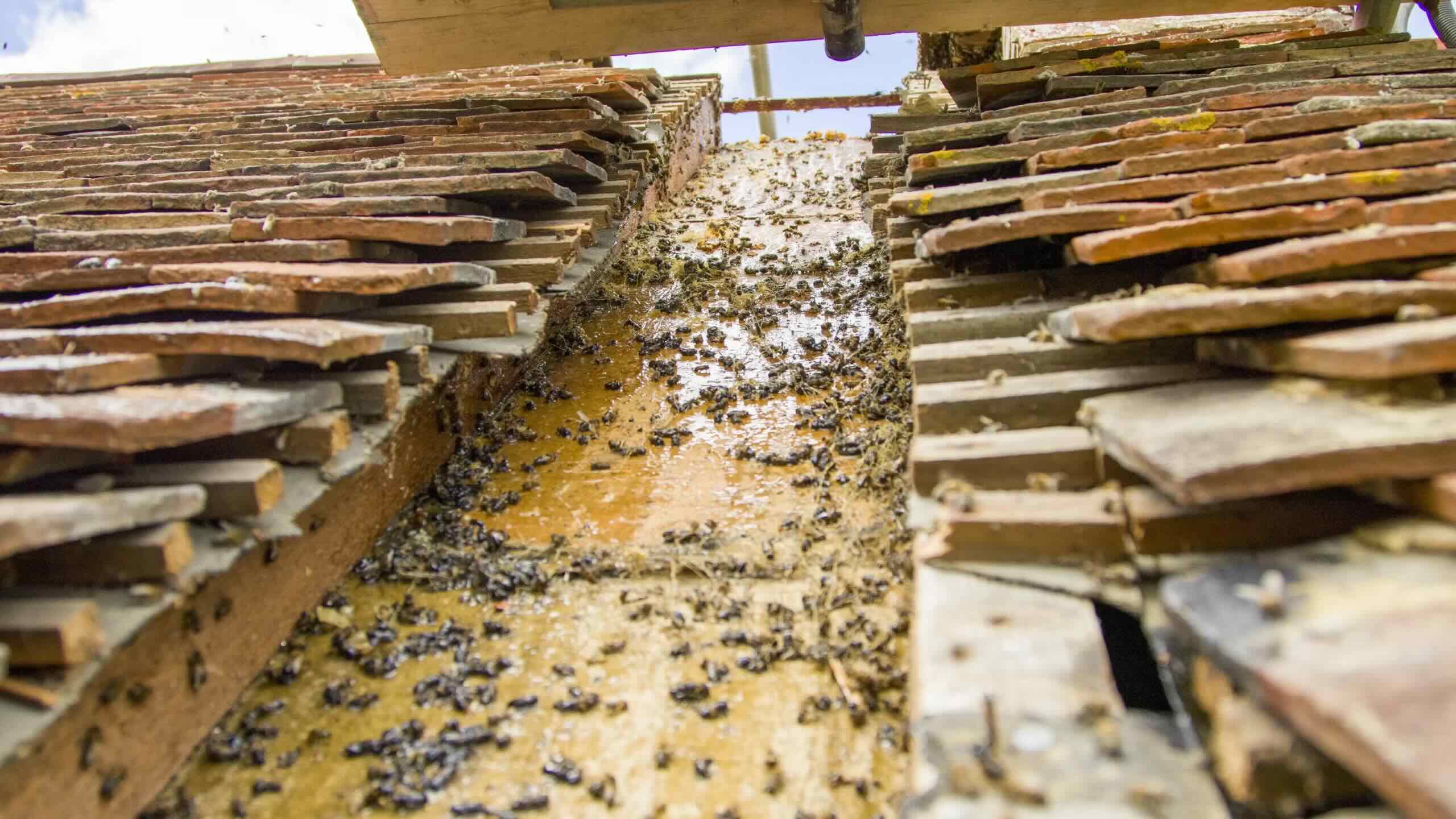
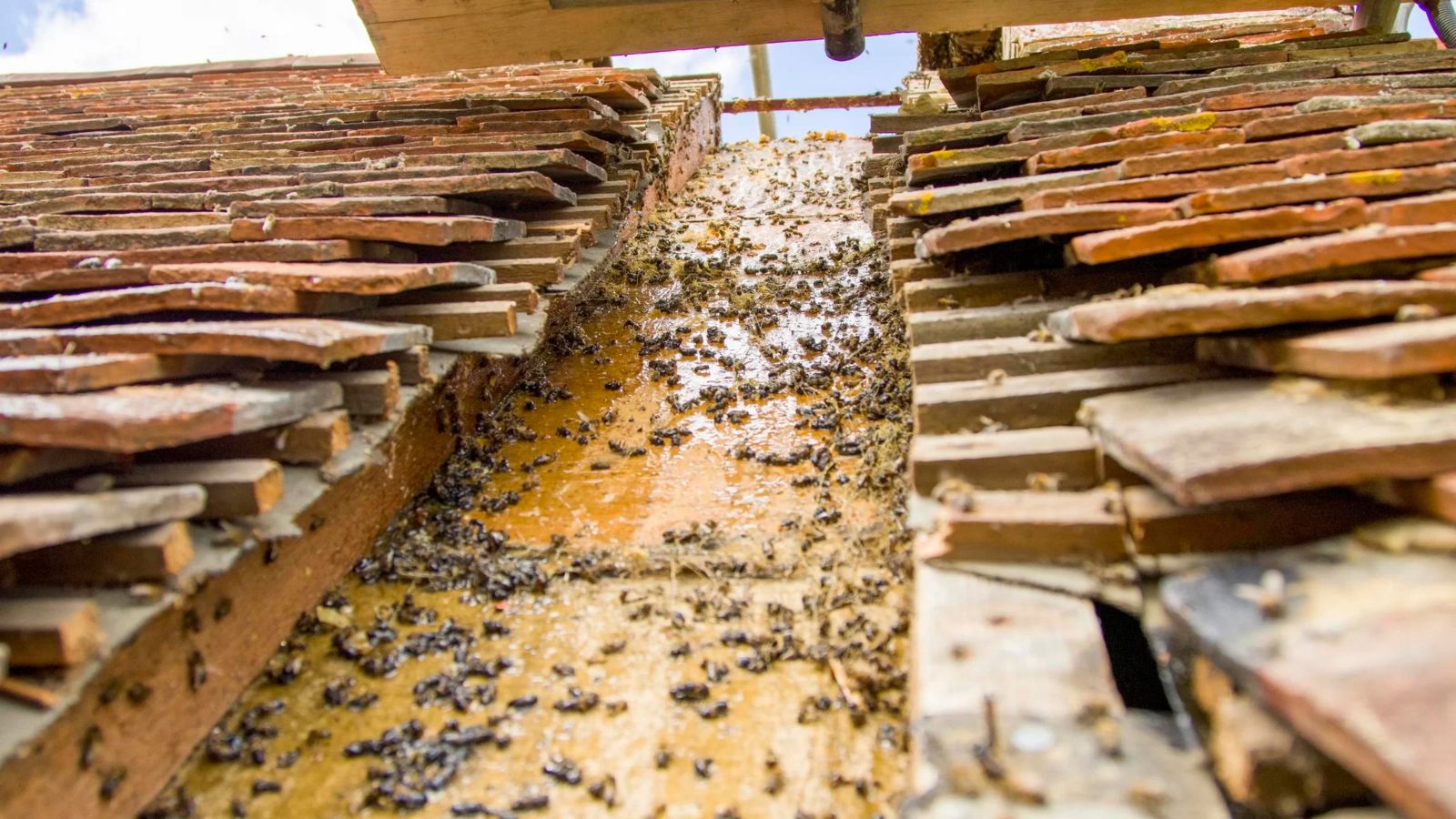
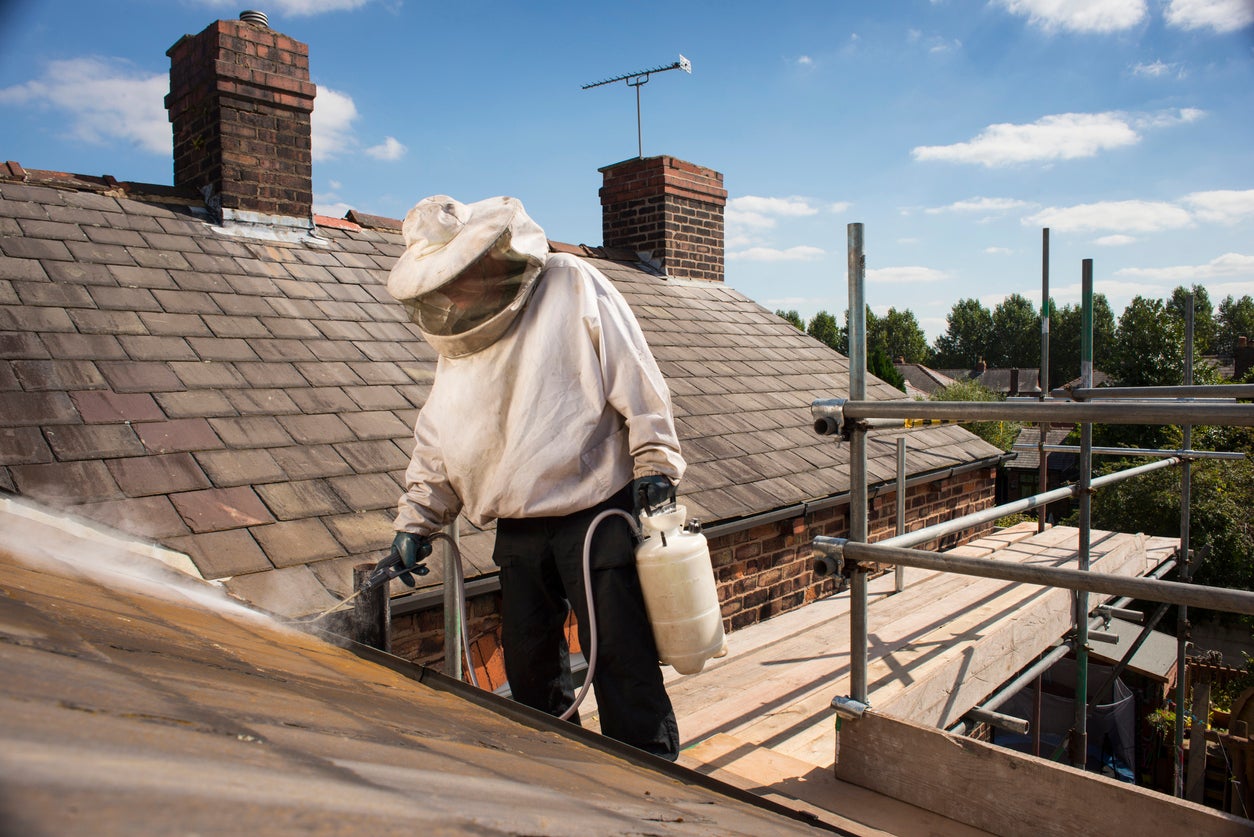
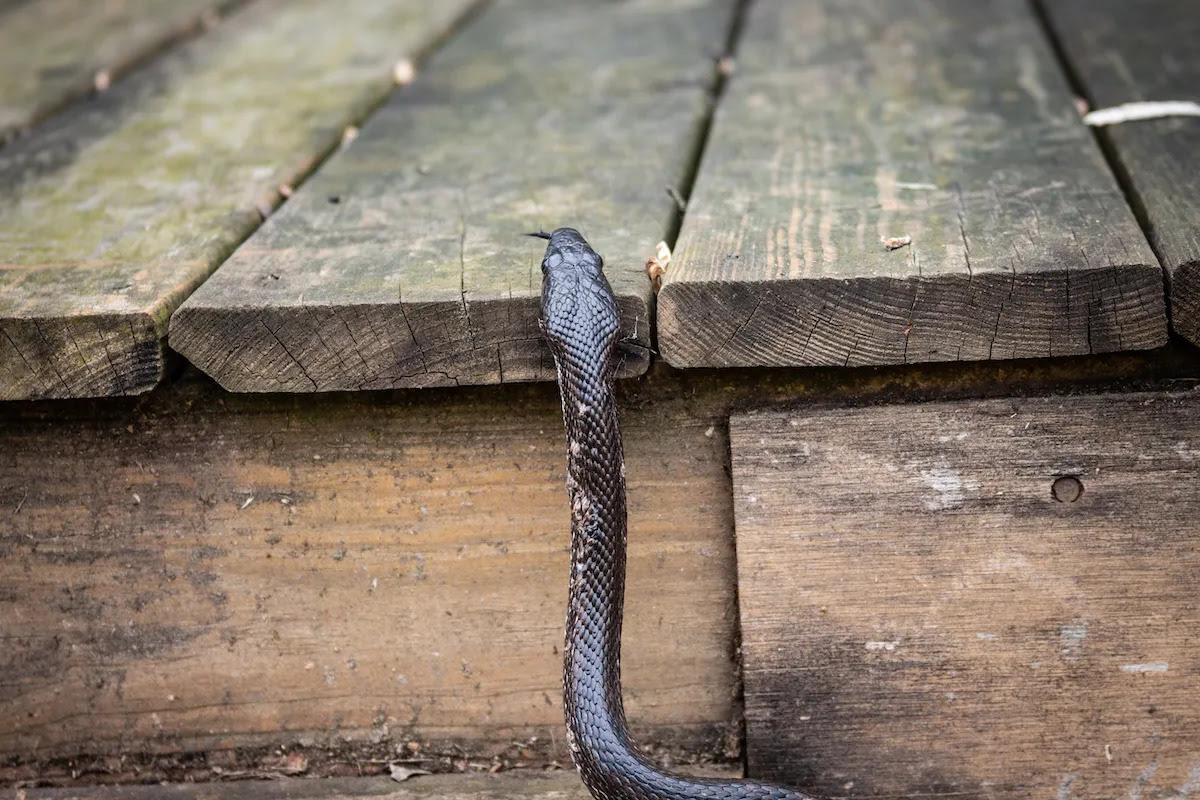
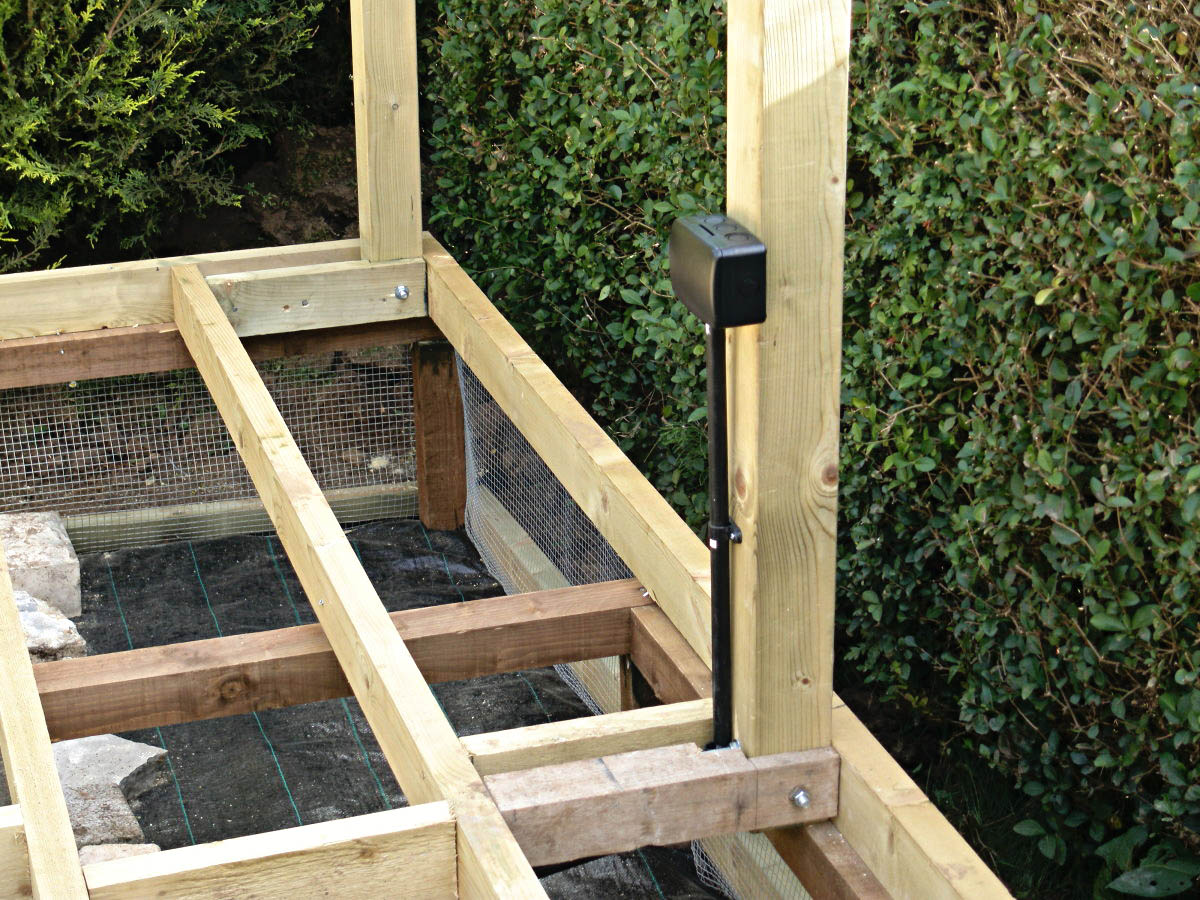
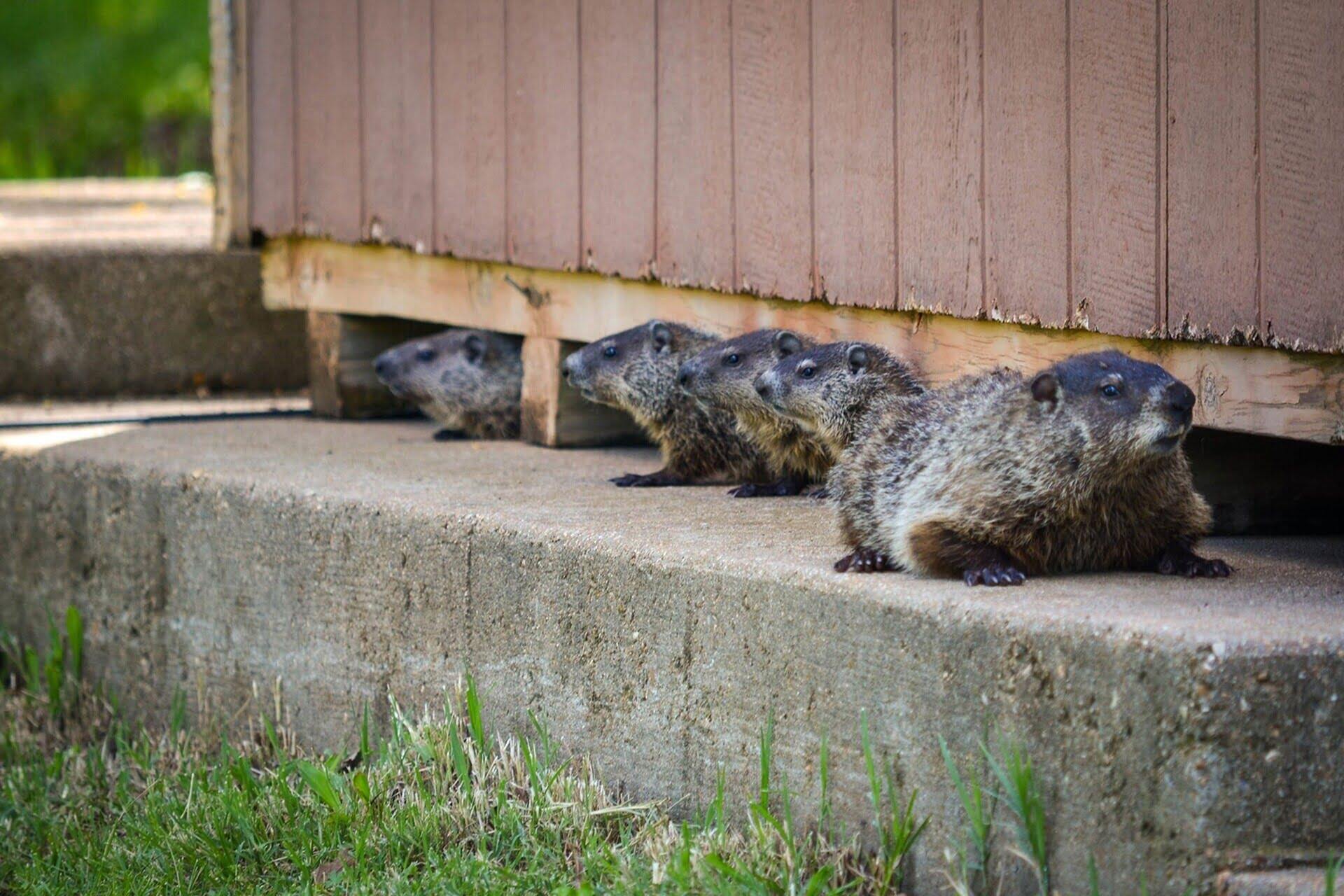
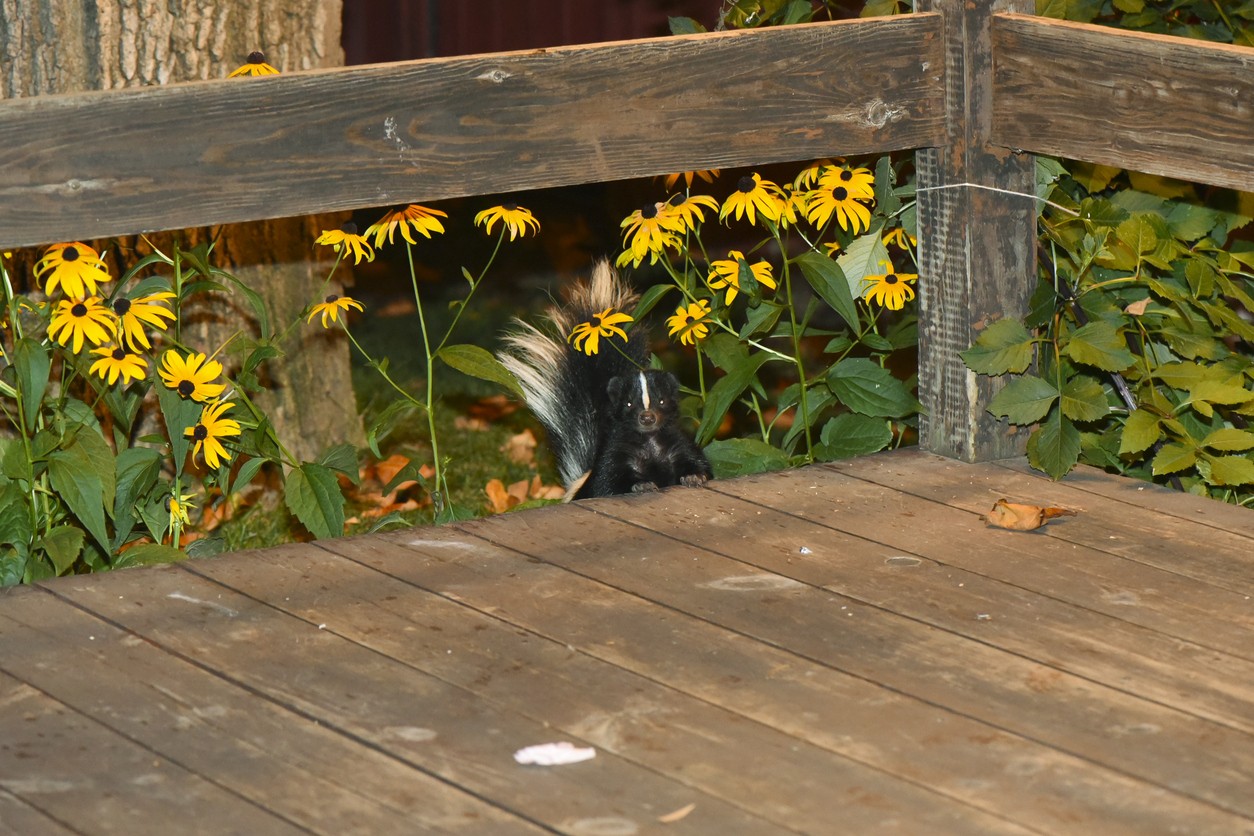
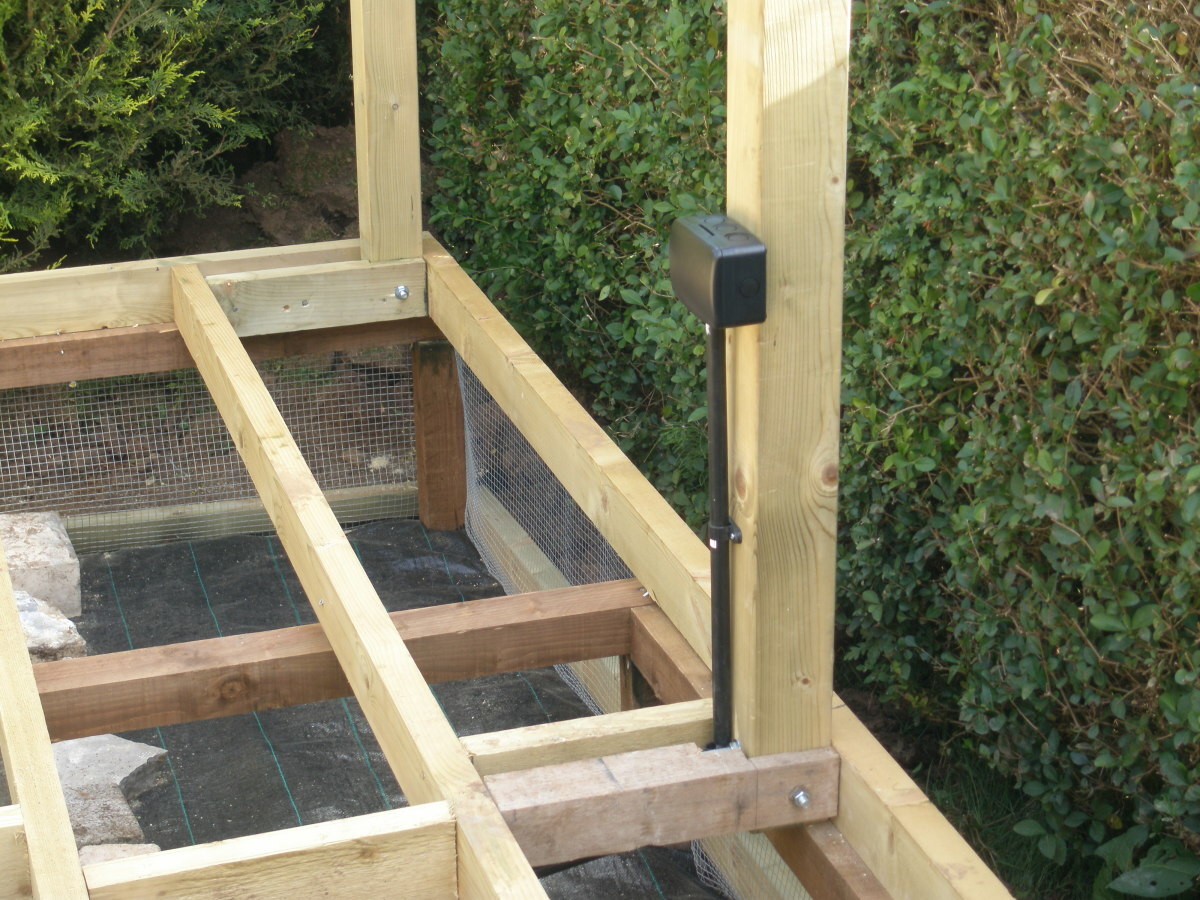
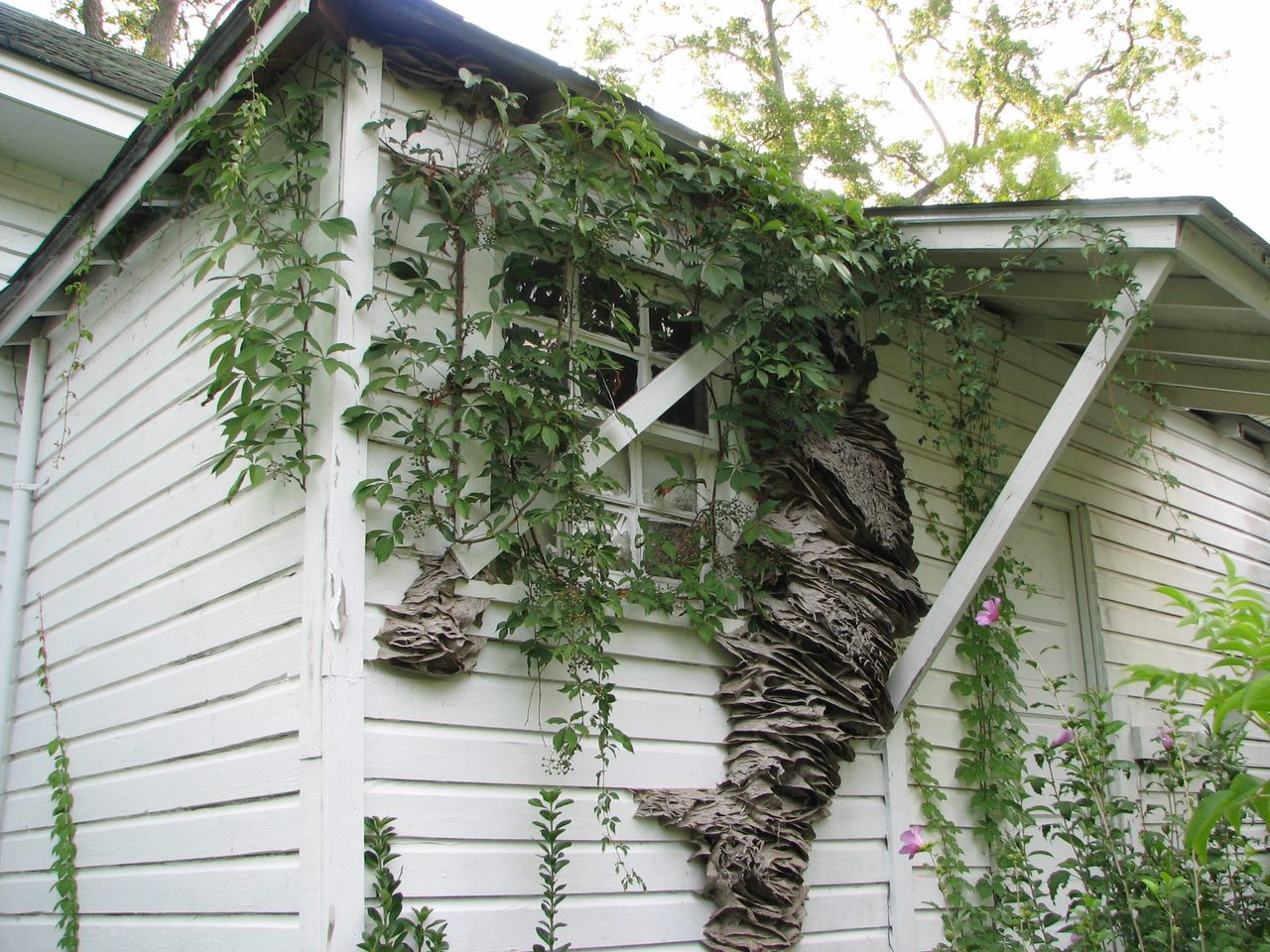
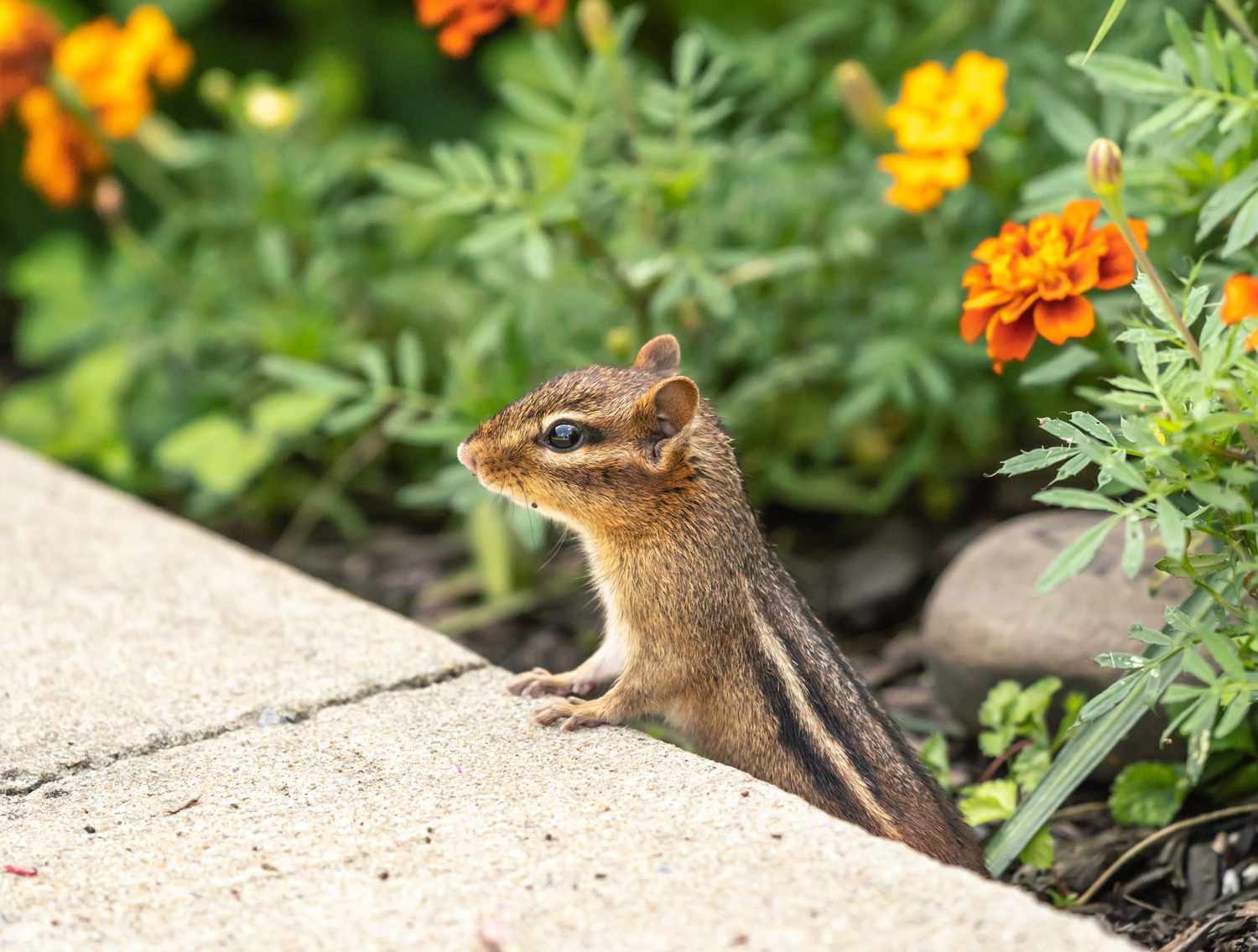
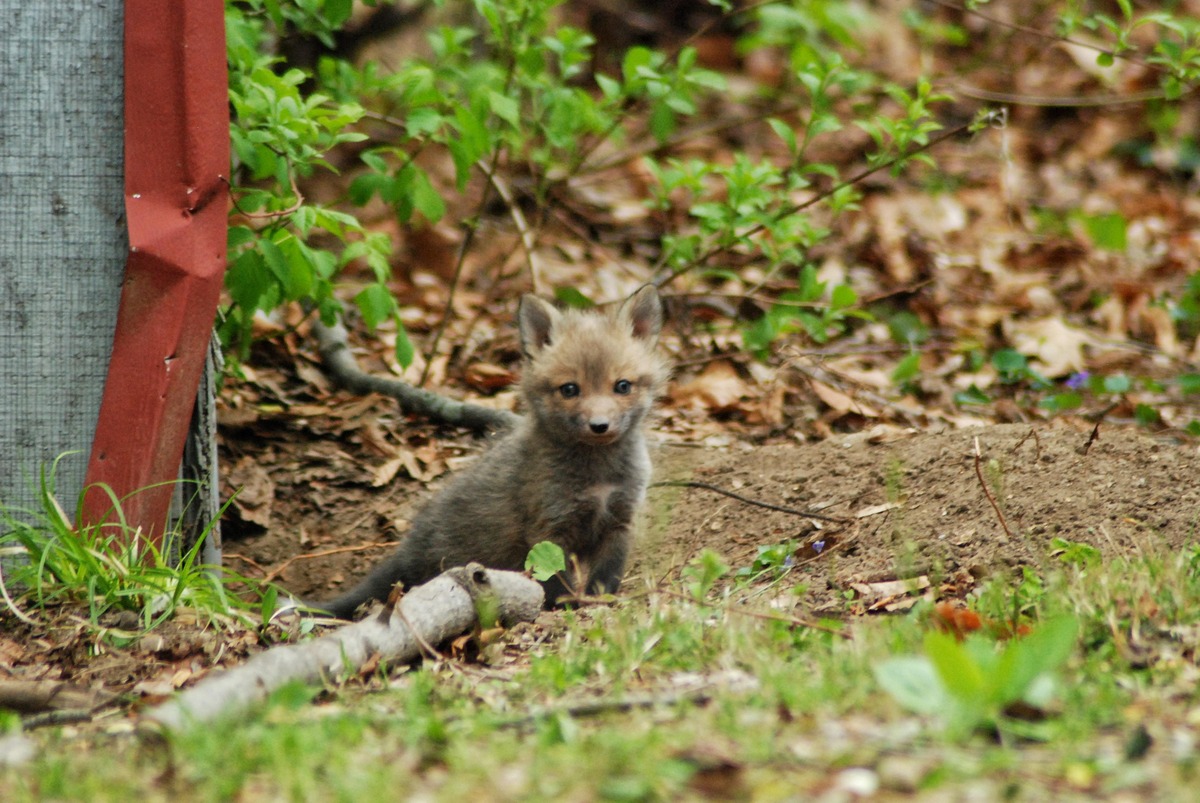
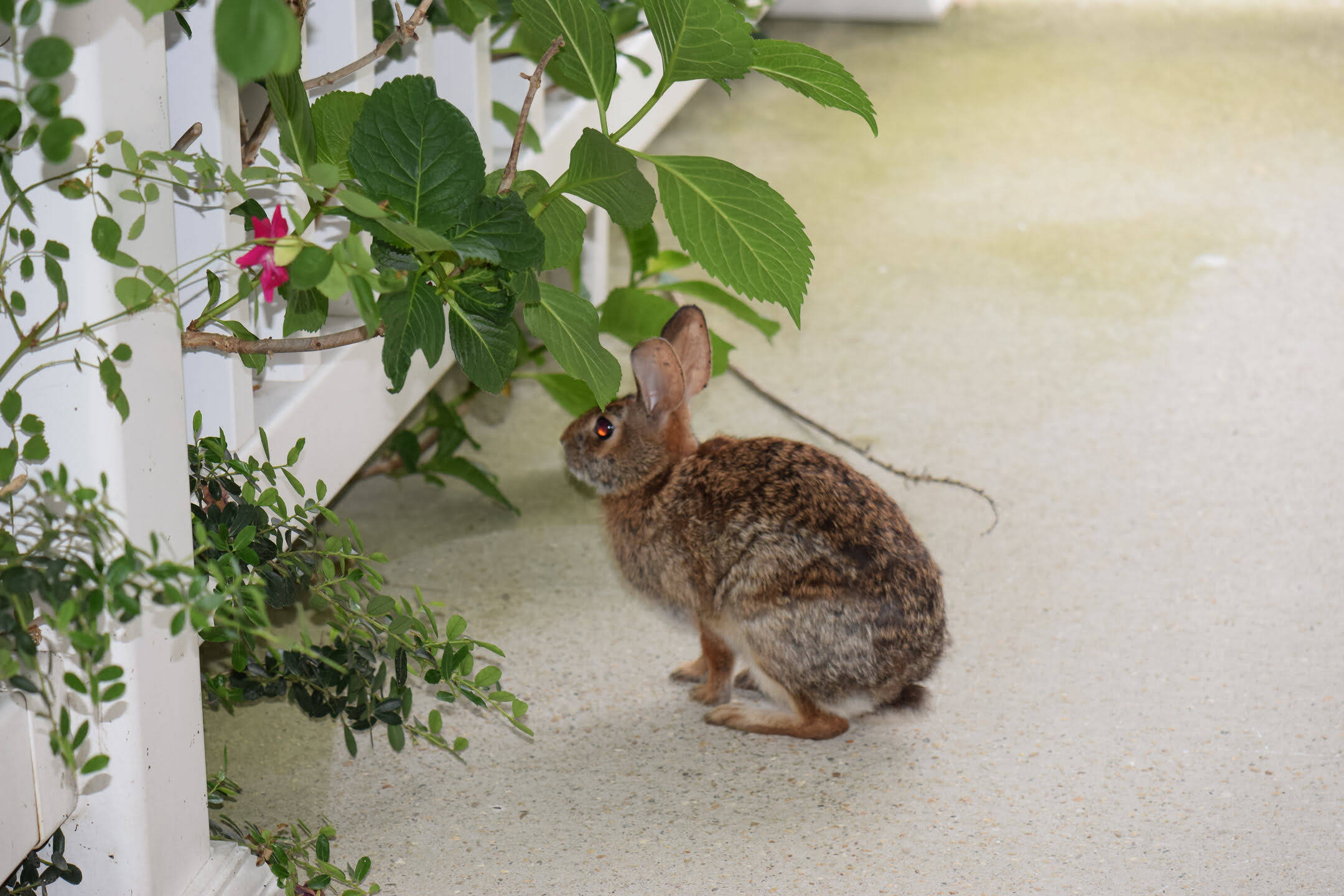
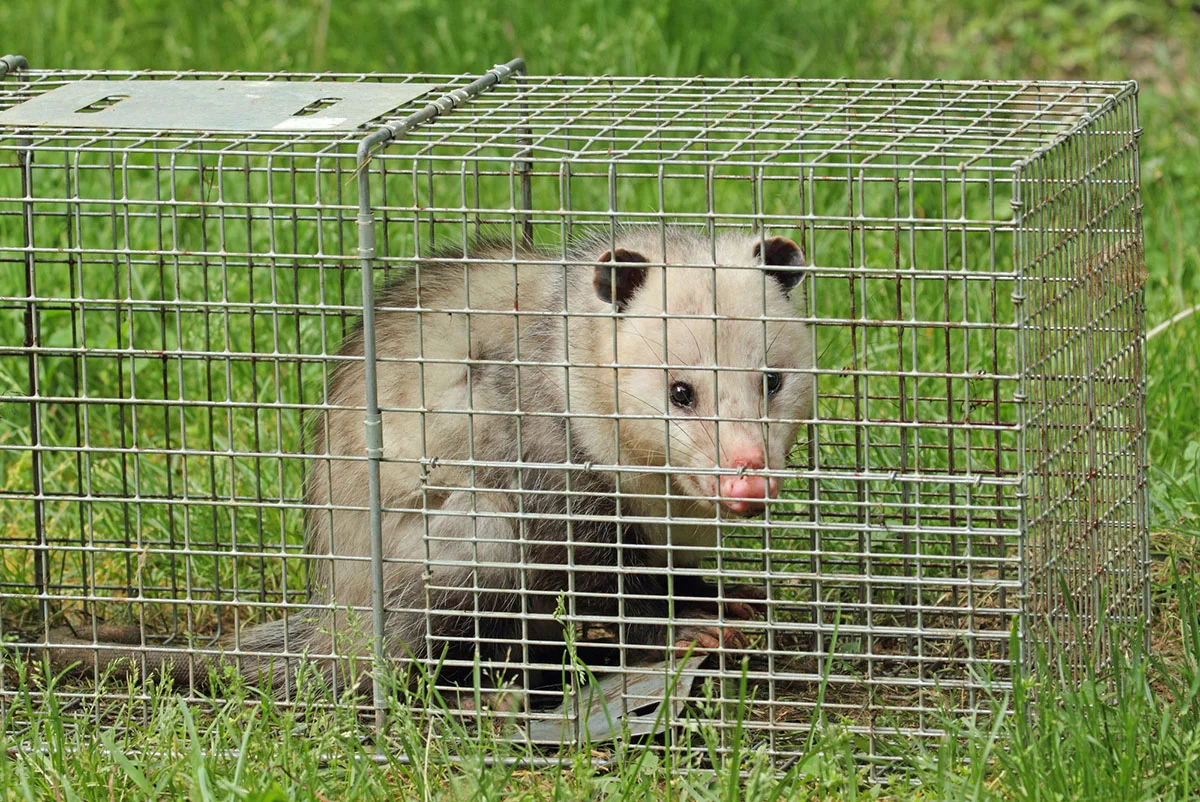

0 thoughts on “How To Get Rid Of Bees Under Siding”